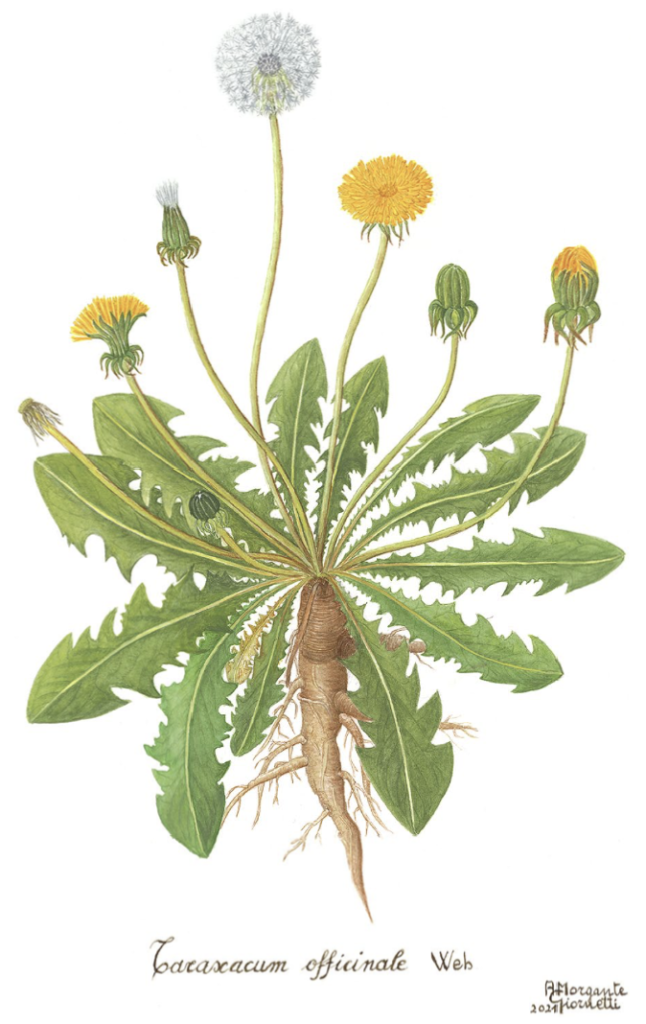Your basket is currently empty!
The benefits of Taraxacum officinale for the liver
Dandelion (Taraxacum officinale) has been used for health purposes since ancient times. Twelve medicinal properties of dandelion have been reported, including hepatoprotective, diuretic, anticolitis, antiarthritic, antidiabetic, antiobesity, immunoprotective, antiviral, antibacterial, antifungal, antioxidant, and anticancer effects. Among these, hepatoprotective, antioxidant and anticancer activities are the most frequently reported medicinal properties of dandelion in the scientific literature.
We all know that the liver, as an important organ of the body, is tied to many vital functions in the human body. How to protect the liver from oxidative stress and harmful compounds is one of the topics studied by scientists.
With the research, polysaccharides (Top1, Top2), flavonoids, phenolics, tannins, ascorbic acid, taraxerol, laevulin, inulin, and luteolin were found to be the chemical components of the hepatoprotective effect of dandelion. Currently available pharmacological studies suggest that extracts of dandelion are hepatoprotective against chemical agents due to their antioxidant and anti-inflammatory activities.
Overall, the anti-inflammatory effects of dandelion, the probiotic effect of its oligofructose, the inhibition of lipopolysaccharide (LPS) and fasting-induced adipose factor (FIAF) release, the action of digestive enzymes, and the enhancement of lipogenesis, reducing lipid accumulation and liver inflammation, directly or indirectly improve liver function.

Mahboubi, M., & Mahboubi, M. (2020). Hepatoprotection by dandelion (Taraxacum officinale) and mechanisms. Asian Pacific Journal of Tropical Biomedicine, 10(1), 1. [Link]
Di Napoli, A., & Zucchetti, P. (2021). A comprehensive review of the benefits of Taraxacum officinale on human health. Bulletin of the National Research Centre, 45(1), 1-7. [Link]
by
Tags:
